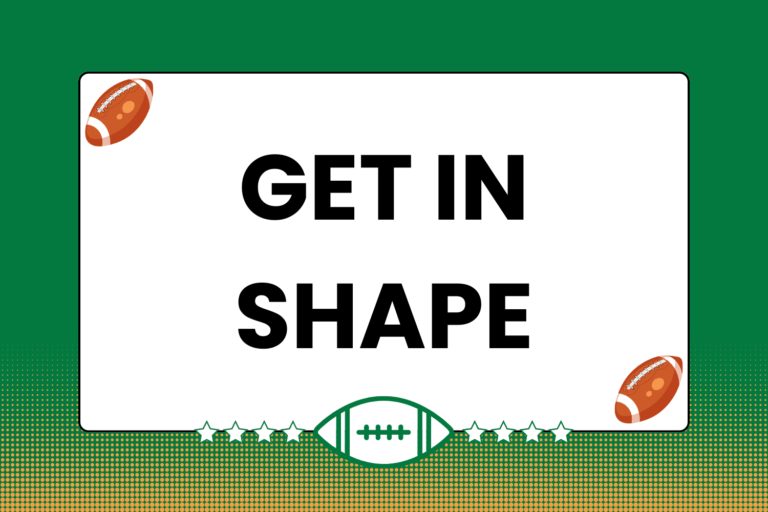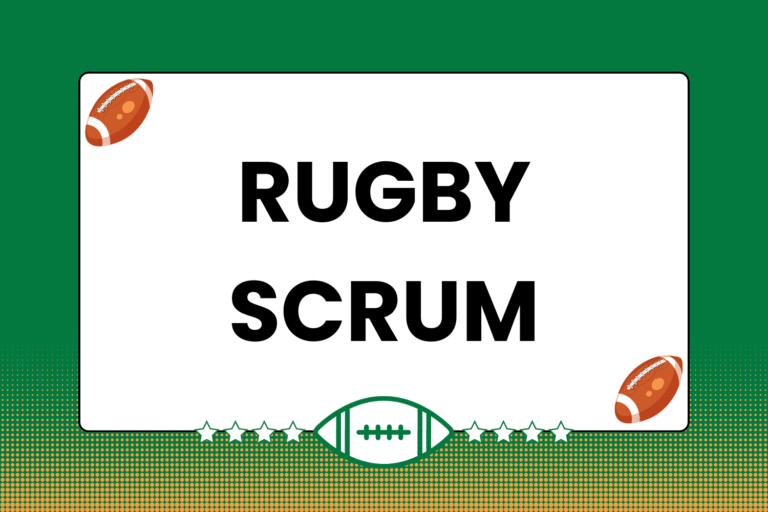There’s only one rule that all types of rugby passes must abide by: You cannot pass the ball forward. Beyond that, passing the ball happens in a variety of ways — it all depends on the situation. And in situations where the ball has to travel quickly, accurately, and farther than normal, nothing works better than the spin pass. Here’s a look at what it takes to throw a solid rugby spin pass.
Holding the Ball
When making a spin pass, where you place your hands on the ball affects the quality of the throw. Similarly, how the ball itself is gripped affects how easy it is to make the spin pass. In other words, where and how you place your hands on the ball prior to making a spin pass has a direct impact on the overall quality of the pass:
Grip
Though it may be a bit counterintuitive, less is more when it comes to how much contact your hands should make with the ball. If you’re coming out of a contact situation, it’s worthwhile to cover up the ball with your arms. However, immediately prior to making a spin pass, only your fingertips should touch the ball. You have much more control over the ball’s flight path with your fingertips, compared to if you were holding the ball with your entire hand (fingers, palms, etc.).
Hand Placement
When throwing a spin pass, the ball should remain mostly horizontal. Place each of your hands close to the middle of the ball, but slightly nearer one end; specifically, the hand that goes toward the front of the ball corresponds to the direction of the pass — on a pass to the right, place your right hand forward.
Mental Edge
Much like other multi-faceted skills, decisions like where and how to grip the ball before making a spin pass are definitely customizable. Be sure to fine tune your own technique, and don’t be afraid to try out different grips and hand placements.
Making the Pass
Once the grip and hand placement has been established, you’re ready to actually give the ball a ride.
Step 1: Pre-pass Positioning
First, focus on ball placement before you throw it to a teammate. A good rule of thumb is to start with the ball at the hip that’s opposite to the direction you’re throwing. So if you’re throwing to your left, you’d start with the ball at your right hip. Throwing from your hip helps ensure that the ball travels at an appropriate height, making it easier to catch.
Step 2: Starting the Sequence
Holding the ball about waist (or hip) high, turn your upper body towards your target. Swing your arms in front of your body to start the passing motion. Your inside arm will remain relatively straight, and your outside arm will bend slightly at the elbow and point away from your body. Bending the elbow on your outside arm makes it much easier to generate spin.
Step 3: Passing the Ball
If you were to simply let go of the ball when your hands were pointed at the intended recipient, you would still be able to complete a pass and call it a day. However, putting some spin on the ball requires a bit more effort.
Just as you start to release the ball, the fingers of your outside hand will slide back towards your body, while the fingers of the other hand release the ball. At the end of the motion, both hands and arms should be pointed right at the recipient of the pass.
Bear in mind, the whole passing process takes about one second; the time you have to put spin on the ball is even smaller. It’s all about proper timing — the spin should start just as your release does. Also, sometimes you’ll be running while making a spin pass. To get some extra power on your throw, plant on the foot that’s opposite to the direction of the pass — so if the pass is to the left, plant on your right foot.
Spin to Win
The spin pass definitely requires practice, but it should pay dividends in the long run. You’ll have the ability to pass farther and faster, but you may have a bit of trouble with the accuracy of your passes at first. However, with a little time and effort you will soon be able to make spin passes all over the field.





